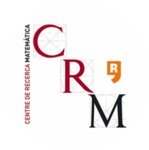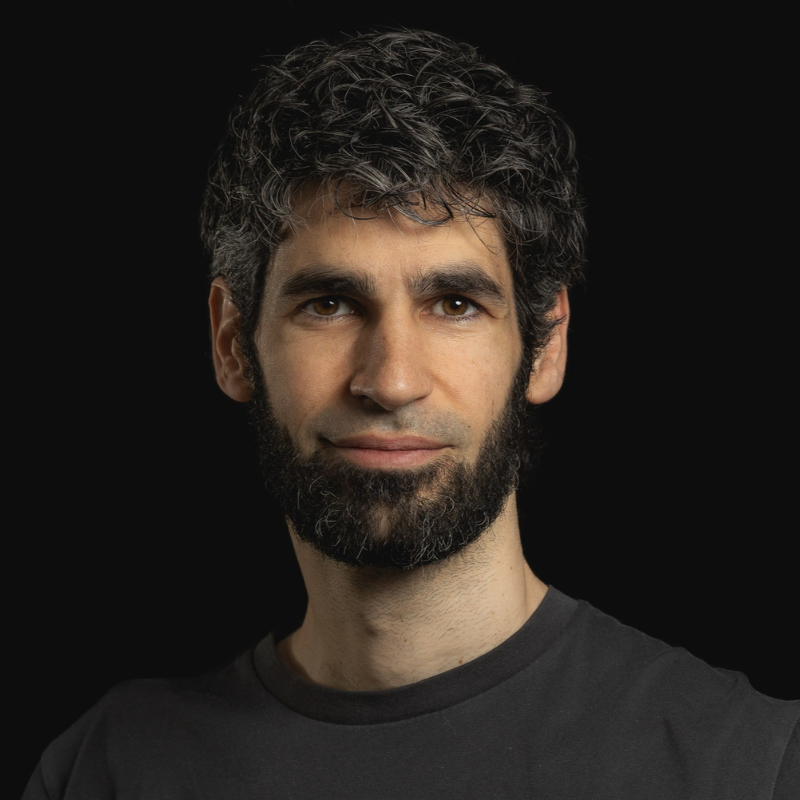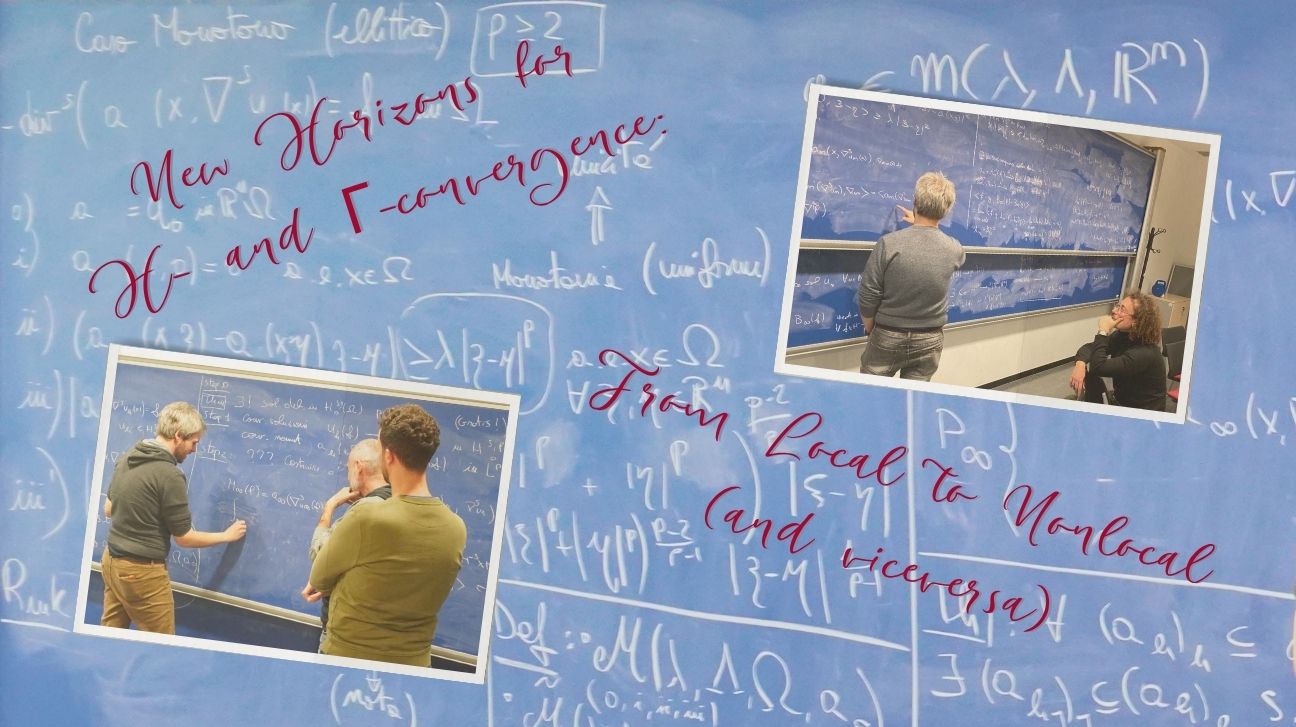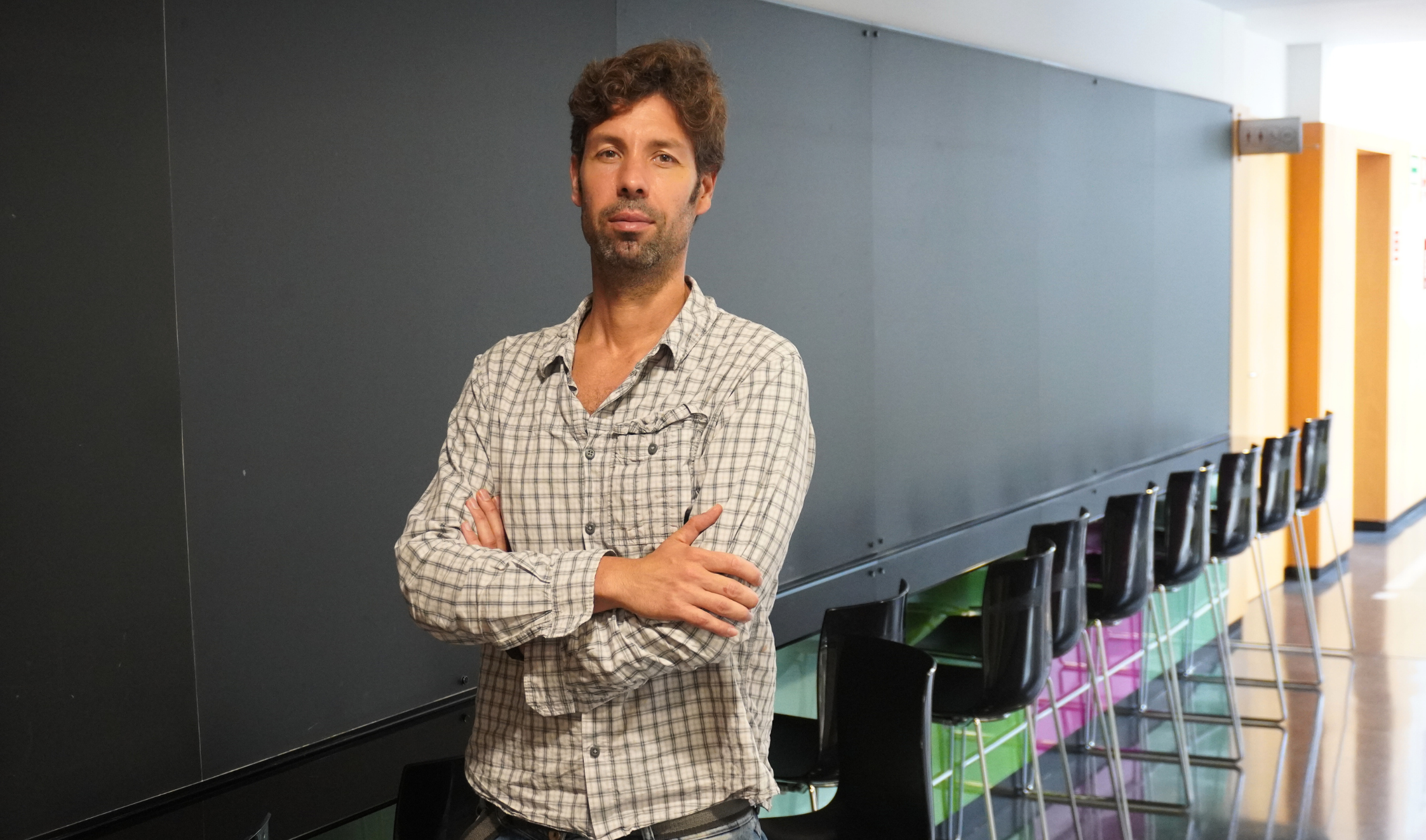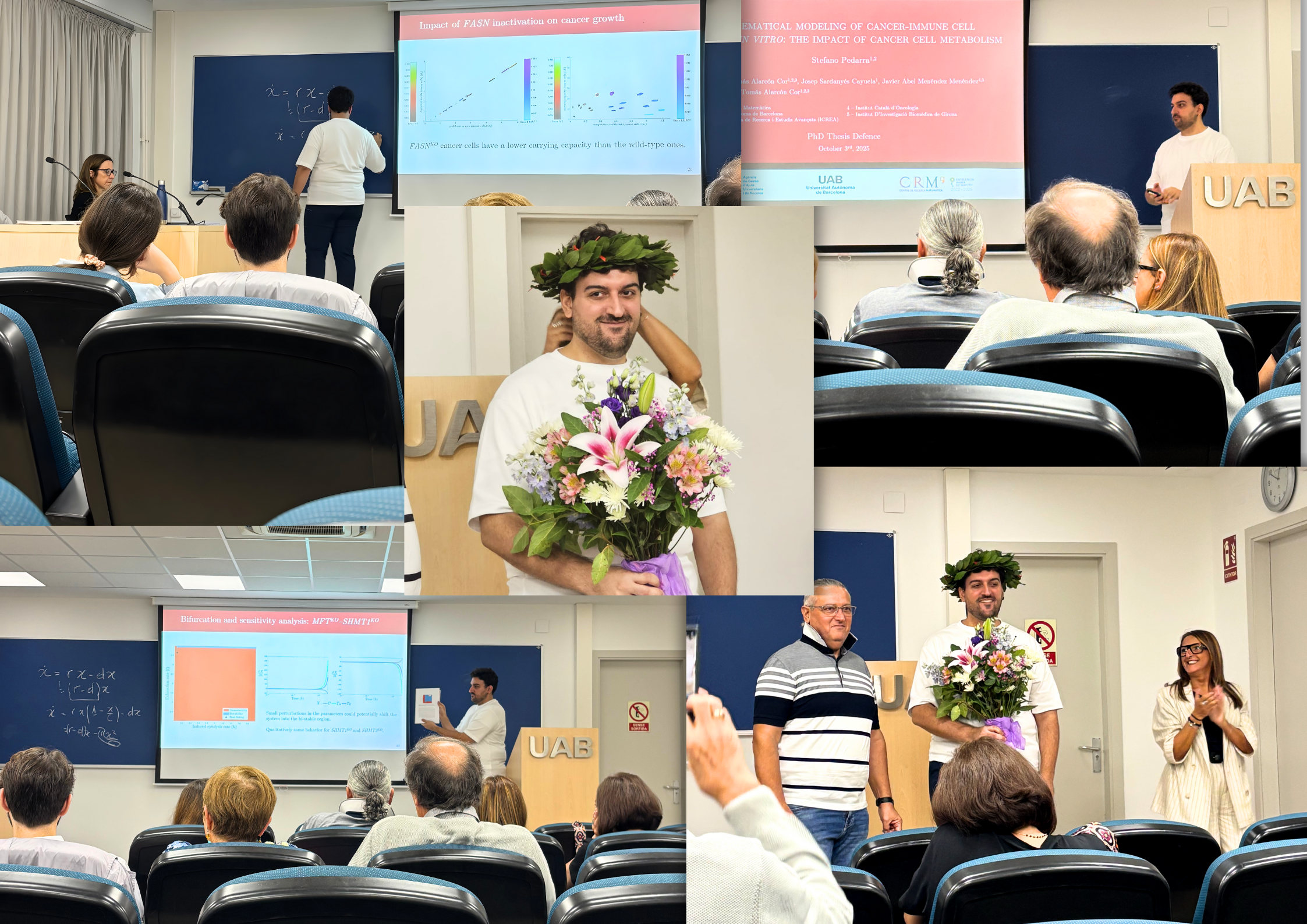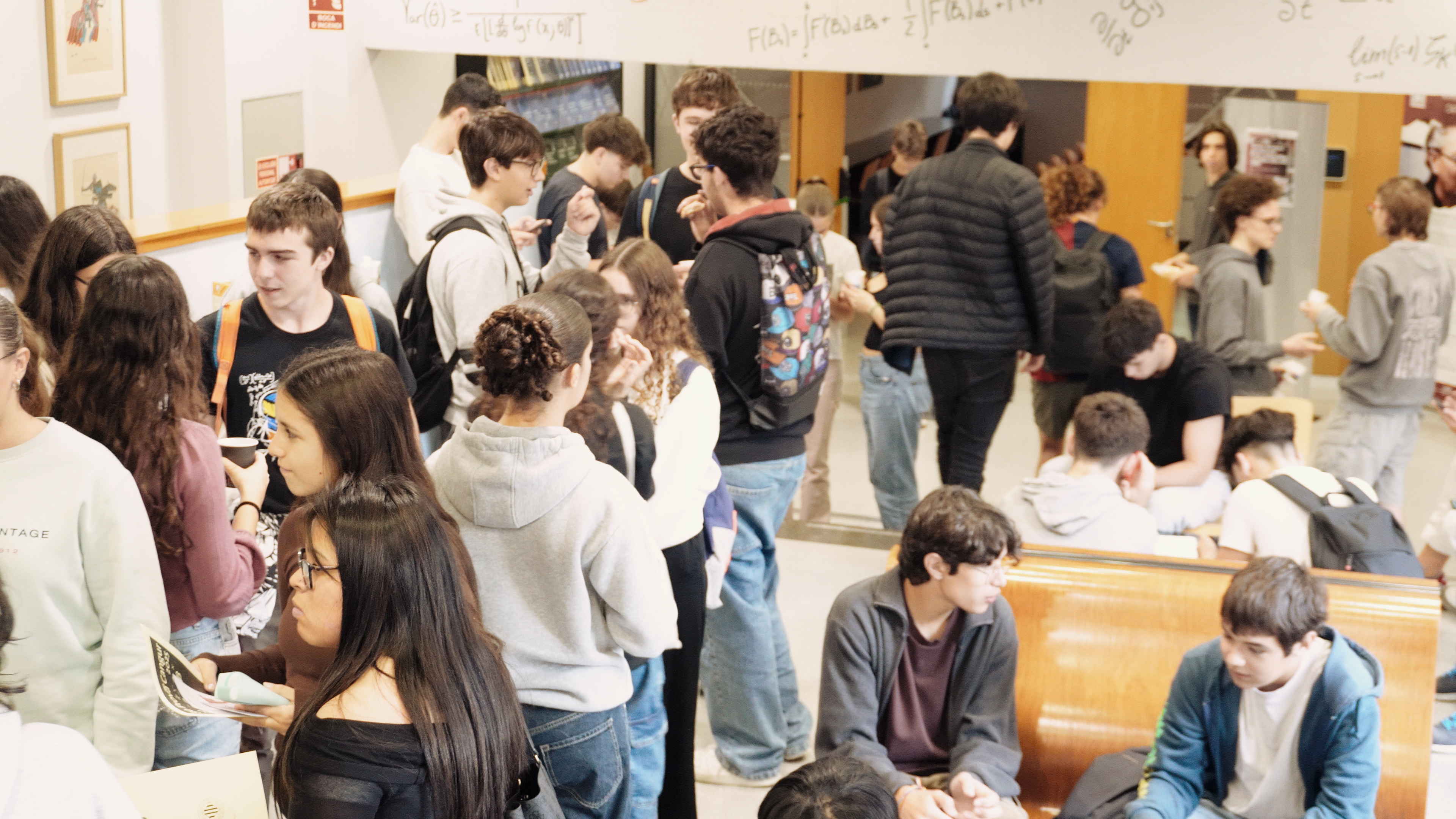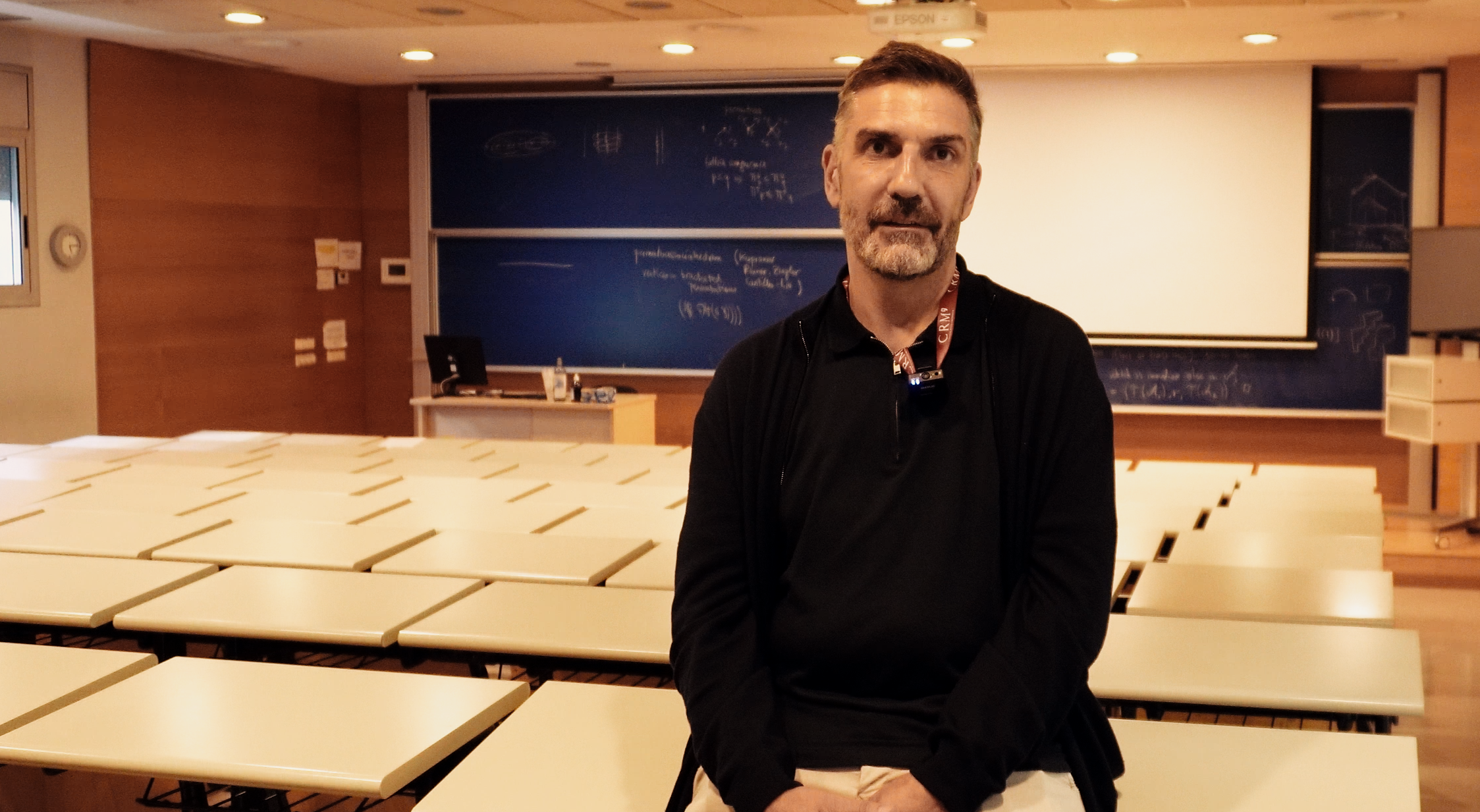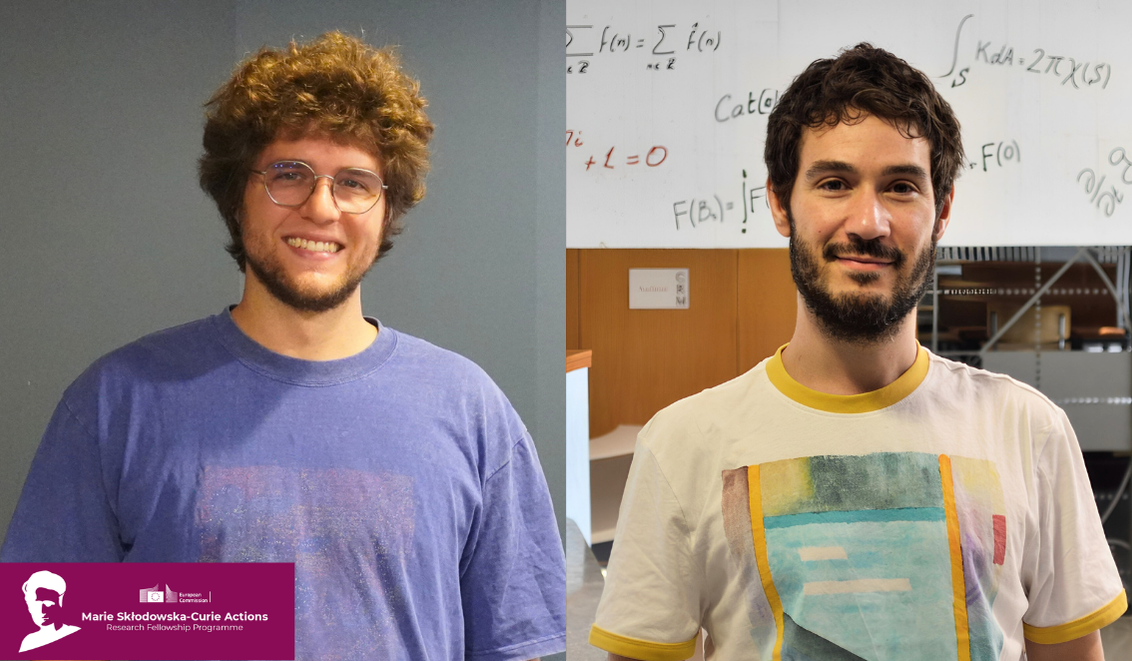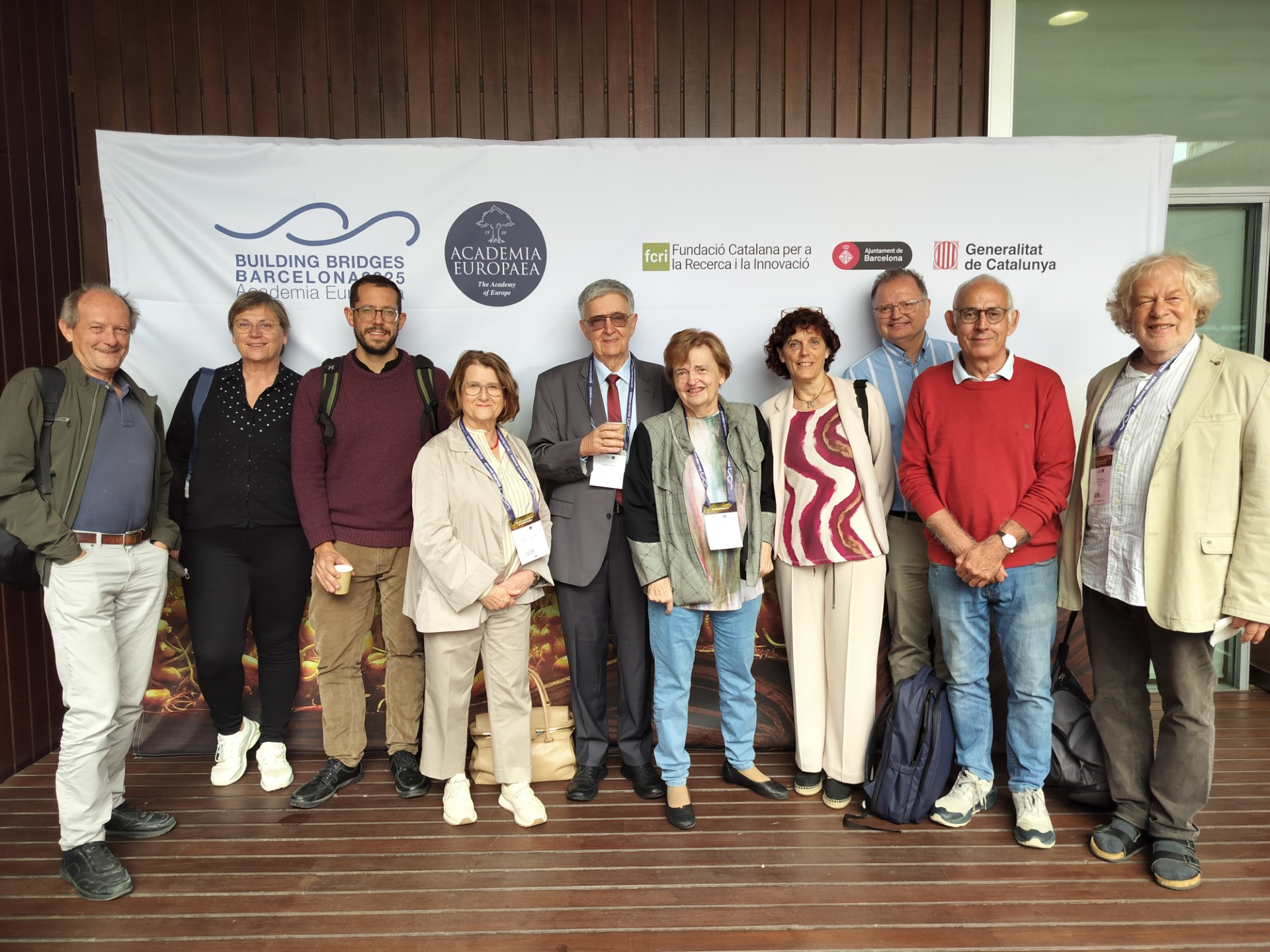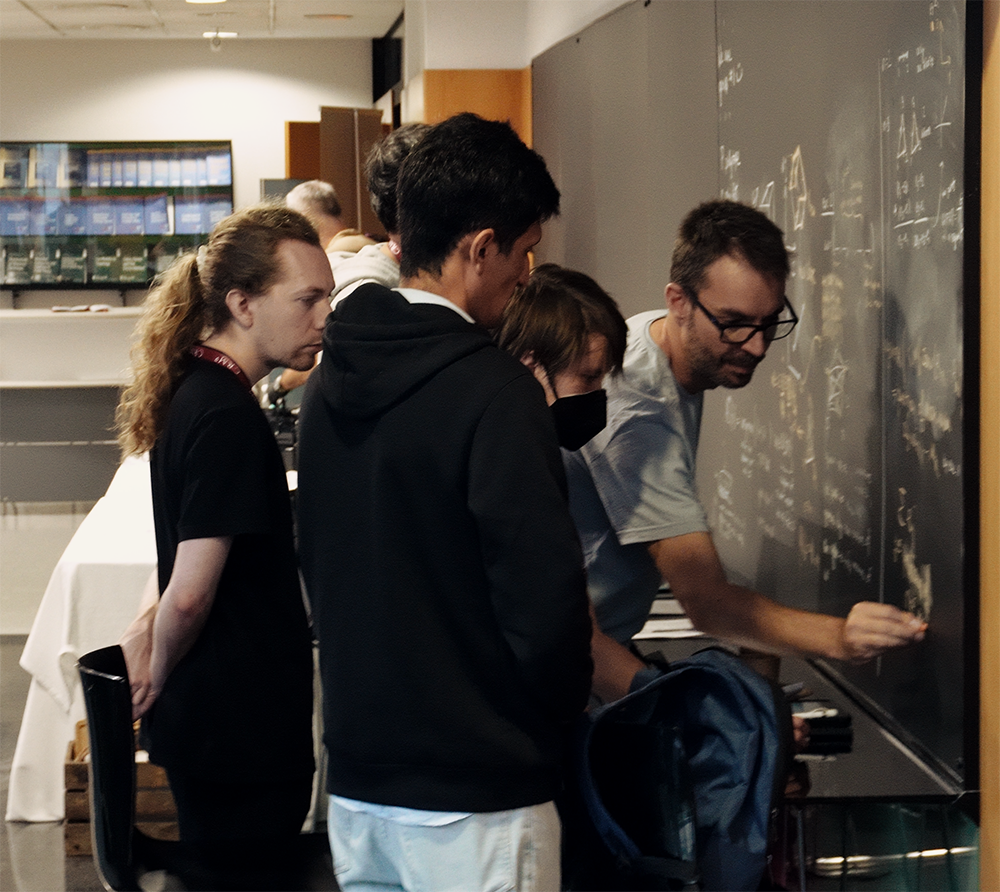May 12 marks the International Day of Women in Mathematics, a day to recognise the contributions of women in the field and to inspire the next generation. To celebrate the occasion, the Centre de Recerca Matemàtica (CRM) presents a video featuring six women mathematicians affiliated with the centre: Marta Casanellas, Marta Mazzocco, Gissell Estrada, Núria Fagella, Joana Cirici, and Gloria Cecchini. Each of them reflects on their journey: why they chose mathematics, what they love most about their work, which concept they find most fascinating, and what advice they’d offer to girls who are thinking of studying math.
Marta Casanellas, full professor at the Universitat Politècnica de Catalunya (UPC) and researcher at CRM, applies algebraic geometry to biology. “What I love most about my job as a mathematician is the creative side,” she says. “Because the research we do is about creating.” She also emphasises the joy she finds in university teaching.
Also at the UPC is Marta Mazzocco, ICREA research professor and expert in integrable systems. “What I enjoy most is discovery; learning something new every day,” she says. Though she admits the work can be daunting sometimes, she adds that “it’s very rewarding when I sit down and start reading, thinking, and trying.” For her, one of the most fascinating things in mathematics is when “something in one place looks like something else in another. It may seem like a coincidence, but often there’s a deeper structure behind it.”
Gissell Estrada, a lecturer at the UPC, focuses on applied partial differential equations. She describes research as her true passion: “Research is what gives me freedom. It’s what drives me; being curious about new topics, new tools, new problems.” Coming from a family of mathematicians, she explains: “I never saw myself doing anything else. I’ve always been quite sure about that.” Her message to aspiring mathematicians is clear: “Don’t be afraid of making mistakes, or of mathematics in general. It’s flexible, it’s versatile.”
Núria Fagella, full professor at the Universitat de Barcelona (UB) and CRM researcher, works on complex dynamical systems. “I decided to study mathematics early on, because it was the subject I liked most,” she says. She speaks about enjoying both research and teaching, admitting she couldn’t choose between the two. Among the concepts that captivate her are fractals: “Fractals are a constant in my research… The idea that a structure repeats itself regardless of the scale is something I’ve always found fascinating.” Her advice: “Keep going as long as you enjoy it, take every opportunity, and follow the path that unfolds. It’s never too early or too late.”
Joana Cirici, associate professor at the UB’s Faculty of Mathematics and Computer Science, specialises in topology and geometry. Initially drawn to physics, everything changed when she took a course in algebraic topology: “I walked out of that class thinking, ‘I want to be a topologist’, and here I am.” For Joana, one of the most powerful aspects of mathematics is how “fields that seem far apart (different goals, different languages) suddenly interact and give rise to new theories. I find that fascinating.” To young girls considering math, she says: “Do it for yourself. Don’t be afraid. You don’t have to be a superstar, you just need motivation and determination.”
Finally, Gloria Cecchini, a postdoctoral researcher in the CRM’s neuroscience group, recalls her early interest in mathematics: “I wanted to become a doctor, but in high school I realised that doctors had to memorise a lot, and that wasn’t my strength. I was good at math, and I loved it.” Today, she applies mathematics to computational neuroscience, and what excites her most is “describing natural processes like neural dynamics using equations. That’s fascinating.” Her advice: “If you love math, go for it. Studying mathematics is a fantastic path. It teaches you how to think—and that’s useful in any job you pursue.”
With this video, the CRM joins the celebration of May 12 by highlighting the talent, passion, and diversity of the women who are shaping mathematics today. Six different journeys, one shared drive to understand the world through the most precise language we have: mathematics.
|
|
CRM CommPau Varela
|
Xavier Ros-Oton among the 65 most cited mathematicians in the world
ICREA professor at the Universitat de Barcelona and CRM affiliated researcher Xavier Ros-Oton appears on Clarivate's Highly Cited Researchers 2025 list, which this year reinstates the mathematics category after two years of exclusion.Citations are a strange way to...
New Horizons for H- and Γ-convergence: From Local to Nonlocal (and viceversa)
The researchers Maicol Caponi, Alessandro Carbotti, and Alberto Maione extended the H- and Γ-convergence theories to the setting of nonlocal linear operators and their corresponding energies. The authors were able to overcome the limitations of classical localization...
Diego Vidaurre joins the CRM through the ATRAE talent programme
Diego Vidaurre has joined the Centre de Recerca Matemàtica through the ATRAE programme, bringing his expertise in modelling spontaneous brain activity across multiple data modalities. His work focuses on understanding how the brain’s intrinsic dynamics shape...
El CRM a la Setmana de la Ciència: una ruta entre dones, formes i pensament
El CRM va participar en la 30a edició de la Setmana de la Ciència amb una ruta guiada que va combinar les biografies de dones matemàtiques amb obres d'art del centre, connectant ciència, història i creació artística.El 12 de novembre, el Centre de Recerca Matemàtica...
Stefano Pedarra Defends his PhD Thesis on the Interaction between Tumour Cells and the Immune System
Stefano Pedarra has completed his PhD at the Centre de Recerca Matemàtica with a thesis exploring how tumour-cell metabolism shapes the immune system’s ability to fight cancer. His work brought mathematics and biology into direct conversation, from building models to...
Els estudiants participants a la prova de preselecció de Bojos per les Matemàtiques visiten el CRM
La prova de preselecció de Bojos per les Matemàtiques va reunir estudiants de tot Catalunya a la UAB i al CRM, amb presentacions a càrrec de Montse Alsina, presidenta de la Societat Catalana de Matemàtiques, Núria Fagella, degana de la Facultat de Matemàtiques i...
Jordi Mompart highlights the role of artificial intelligence in sport at the XIII GEFENOL-DIFENSC Summer School
The XIII GEFENOL-DIFENSC Summer School gathered over thirty researchers from across Europe to explore how statistical physics helps explain complex phenomena in biology, ecology, networks, and social systems. In his closing lecture, Jordi Mompart (UAB) examined how...
Critical Slowing Down in Genetic Systems: The Impact of Bifurcation Proximity and Noise
An international collaboration including researchers from the Centre de Recerca Matemàtica (CRM) has shown that when several bifurcations occur close to one another, their interaction can dramatically amplify critical slowing down effect - the progressive slowdown of...
Two CRM researchers begin their Marie Skłodowska-Curie fellowships
Gustavo Ferreira and Tássio Naia, CRM postdoctoral researchers and new Marie Skłodowska-Curie fellows. Gustavo Ferreira and Tássio Naia, who joined the CRM in 2023 through the María de Maeztu programme, have started their Marie Skłodowska-Curie postdoctoral...
Matroid Week at CRM: A Collaborative Dive into Combinatorial Geometries
From October 13 to 17, 2025, the CRM hosted Matroid Week, a research school on combinatorial geometries and matroid theory. Courses by Laura Anderson and Geoff Whittle explored intersection properties and structural emergence in matroids. The event fostered deep...
László Lovász receives the 2025 Erasmus Medal in Barcelona
Mathematician László Lovász received the 2025 Erasmus Medal from the Academia Europaea yesterday at the PRBB in Barcelona, where he delivered the lecture “The Beauty of Mathematics”. Renowned for his work in graph theory and discrete mathematics, Lovász has shaped...
Combinatorial Geometry Takes Shape at the CRM
For one week in early October, the Centre de Recerca Matemàtica became a meeting ground for the world of combinatorial geometry. The Polytope Week research school gathered more than fifty participants from three continents to study the interplay...

